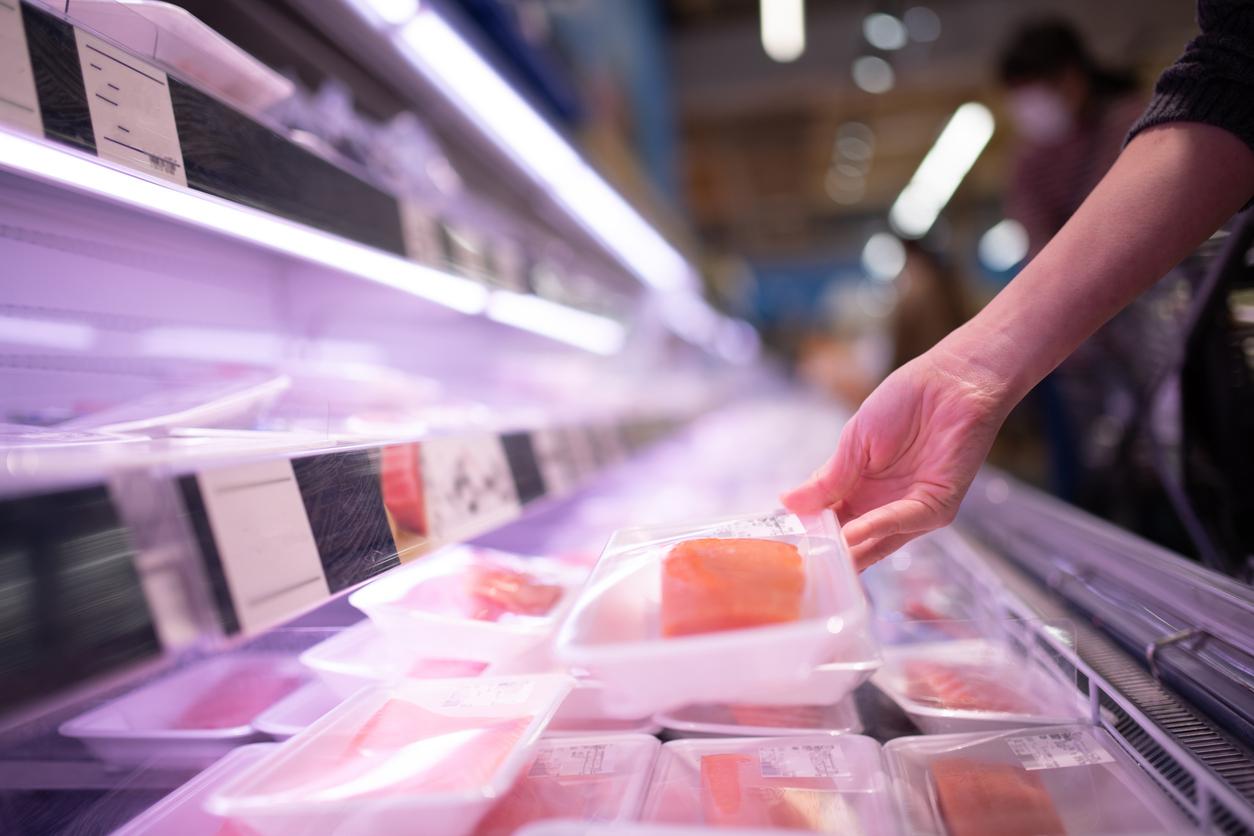In the midst of the horse meat in lasagna, this is news that should not reassure consumers. From June 1, fish farmers will be able to feed trout, sea bream, sea bass and other farmed fish with pork and poultry meal.
The European Commission has lifted theban in force since 1997, decided in the midst of the “mad cow crisis”. At the origin of this serious health crisis, animal meal then used to feed cattle. They have been accused of being the cause of the epizootic (epidemic in animals) of bovine spongiform encephalopathy (BSE) in thousands of cows, particularly in the UK. The proven risk of transmission of this disease to humans then led to the prohibition of these meals in animal feed.
Wild fish, a rare commodity to be preserved
Today, the European institution opens up the possibility of substituting fishmeal, “a scarce resource” used to feed farmed fish, with processed animal proteins. Most farmed fish are indeed carnivorous and their diet requires large quantities of wild fish.
Could this reintroduction of animal meal, underpinned by a concern for the preservation of species, present a risk to the health of consumers? Brussels’ response tends to allay any concerns: “[cette mesure] is in line with the most recent scientific advice, according to which the risk of transmission of bovine spongiform encephaly between non-ruminant animals is negligible, provided that there is no recycling between species. “In other words, as long as “There is no cannibalism between the fish, there is no problem. We are reassured.
>> To read also: Alzheimer’s disease: eating fish would prevent the disease
What types of fish can you eat raw?

















